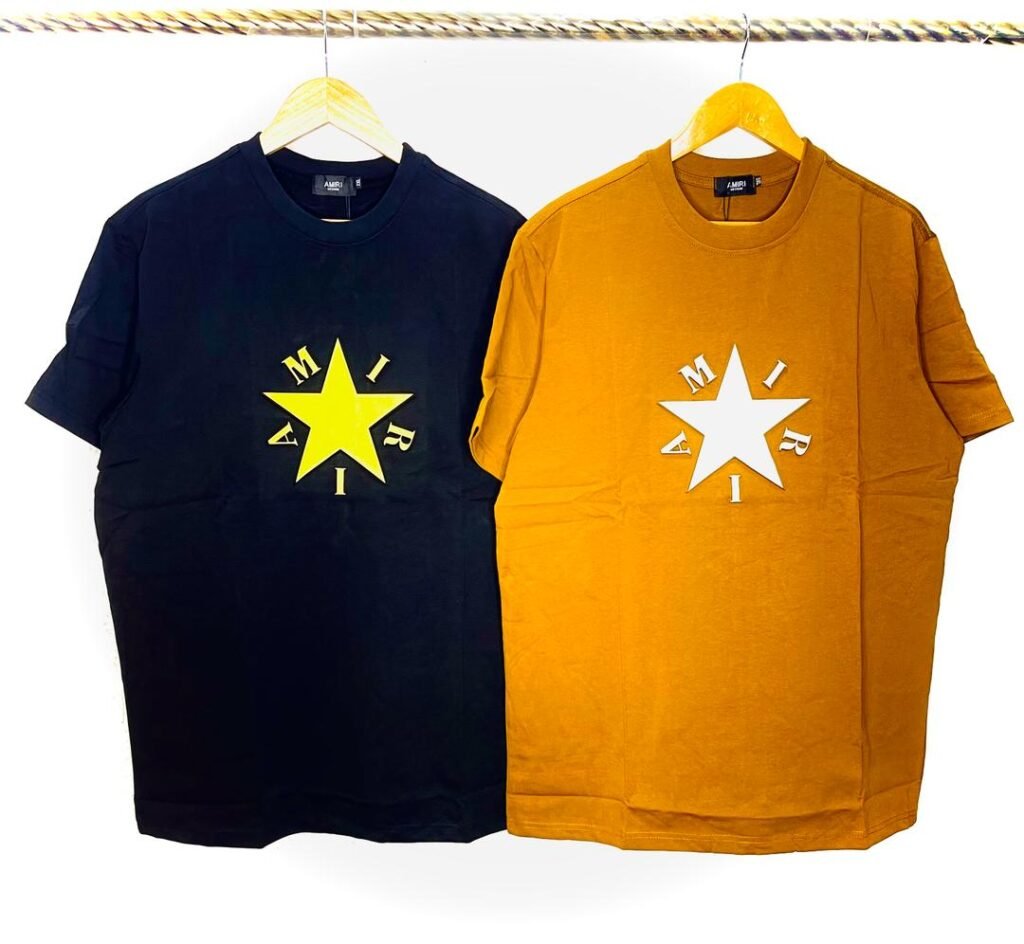Guides
How to select quality clothing materials
Determining the quality of cloth materials involves assessing several factors that contribute to its durability, comfort, and aesthetic appeal. Here are key indicators to consider when evaluating cloth quality:
- Fiber Content:
- Check the label to identify the type of fibers used (e.g., cotton, wool, polyester, silk).
- Natural fibers like cotton and wool are generally considered higher quality due to their breathability and comfort.
- Synthetic fibers like polyester can vary in quality but are often chosen for durability and easy maintenance.
- Thread Count (for woven fabrics):
- Thread count refers to the number of threads per square inch in a woven fabric.
- Generally, a higher thread count indicates finer, softer fabric, but it’s not the sole determinant of quality. Other factors like fiber quality and weave also play roles.
- Weave:
- Different weaving techniques (e.g., plain, satin, twill) affect fabric appearance, texture, and durability.
- Twill weaves, for instance, are known for their strength and drapability, making them suitable for high-quality garments like suits.
- Weight:
- Fabric weight can indicate thickness and durability. Heavier fabrics tend to be more durable but may be less breathable.
- Lightweight fabrics can be comfortable and suitable for warmer climates but may not be as robust.
- Finish and Feel:
- Assess the fabric’s finish by feeling its texture. Smooth, even surfaces often indicate better quality.
- Check for any imperfections, loose threads, or pilling, which can indicate lower quality or poor craftsmanship.
- Color and Dyeing:
- High-quality fabrics usually have consistent, vibrant colors that resist fading over time.
- Dye should be evenly distributed without streaks or blotches.
- Durability and Maintenance:
- Consider how well the fabric withstands wear and tear, washing, and ironing.
- Look for fabrics that maintain their shape and color after repeated use and cleaning.
- Origin and Brand Reputation:
- Fabrics from reputable brands or countries known for textile excellence (like Italy for silk or Scotland for wool) often signify higher quality.
- Research the reputation of the brand or manufacturer for consistent quality standards.
- Certifications and Standards:
- Some fabrics may carry certifications like organic or Fair Trade, indicating adherence to specific environmental or ethical standards.
- Price:
- While not always a reliable indicator on its own, unusually low prices may suggest lower-quality materials or construction methods.
- Conversely, very high prices may not always reflect superior quality, so it’s essential to consider other factors as well.
By considering these factors collectively, you can make a more informed judgment about the quality of cloth materials before making a purchase. Touching and examining the fabric in person can often provide the most reliable assessment of its quality.

